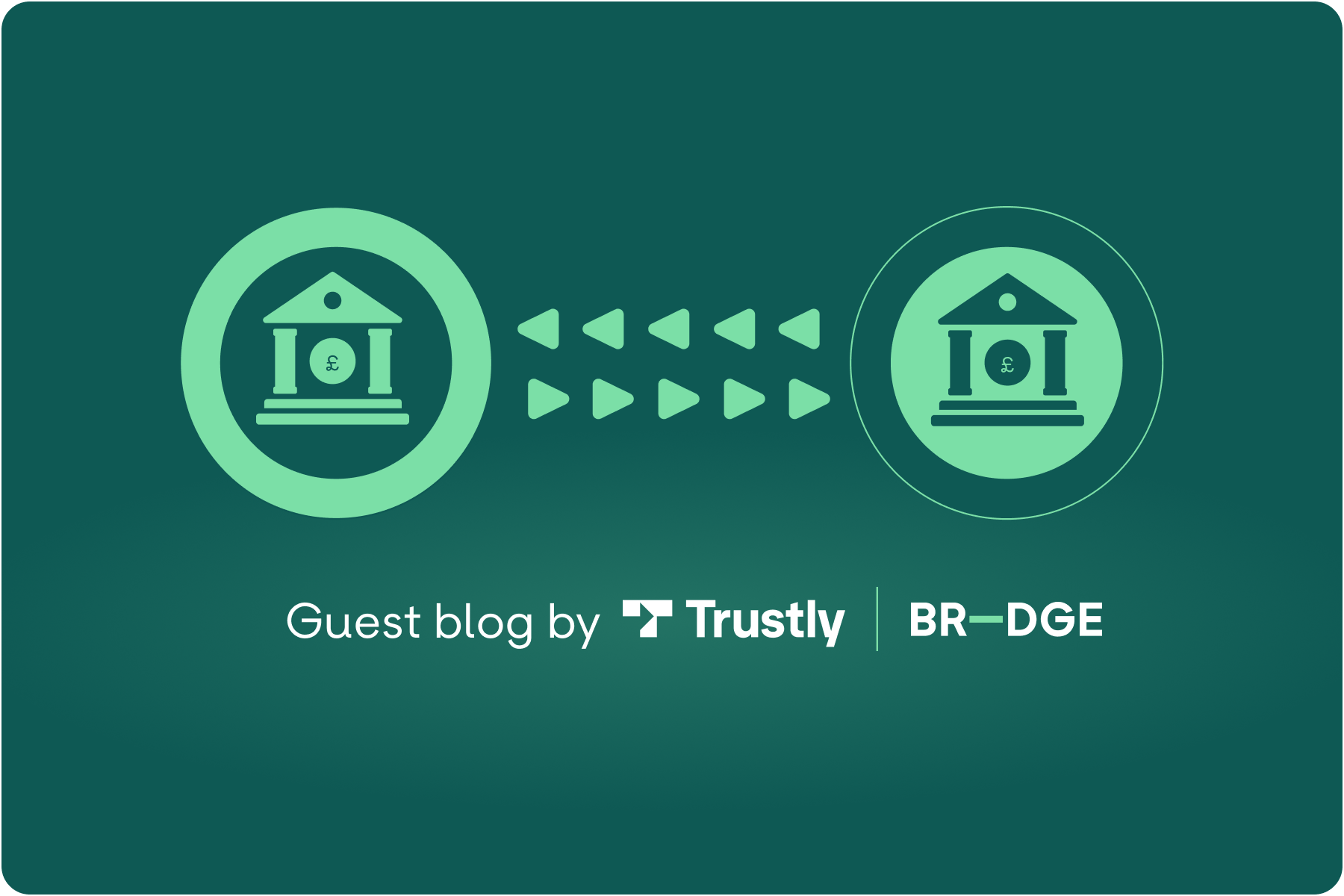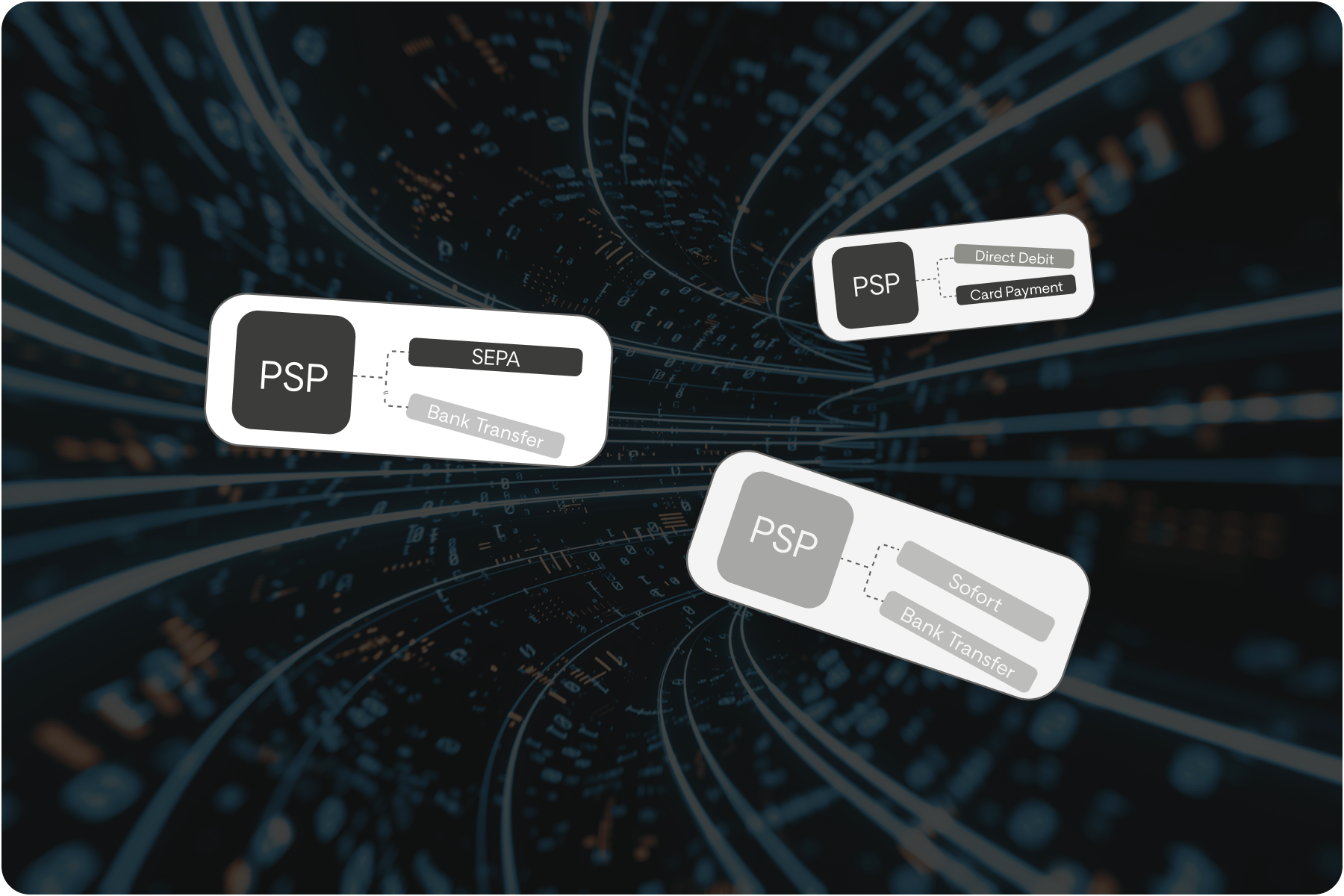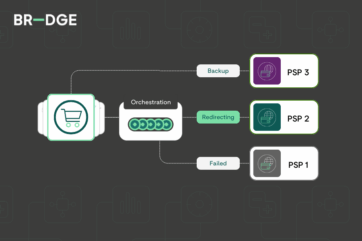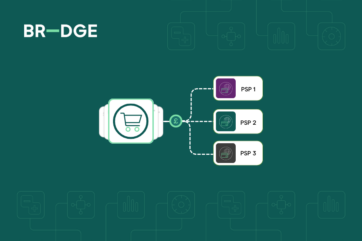
Webinar Recap: Orchestrated Fraud Prevention – A Practical Guide from BR-DGE

Merchants have to adapt their defences continuously to counter the evolving threat of fraud. As scammers become increasingly sophisticated, it’s more crucial than ever to address fraud risks at multiple stages of the payment journey.
Our recent MRC-hosted webinar featured insights from Sam Dines, our Strategic Partnerships Lead and Justin Gregory, Head of Technology at ASOS, who discussed how fraud solutions can work seamlessly with orchestration technology to offer a more holistic, flexible and effective approach to fraud prevention.
Evolving fraud risk: the stark truth
Fraud is rising sharply, with ecommerce fraud projected to cost businesses $71 billion globally by 2027, according to Juniper Research. Since 2020, the surge in ecommerce channels has caused a corresponding surge in fraud. The sources and nature of fraud also continue to vary by channel, geography, payment method and sector and many other factors, making it a complex challenge for merchants to address. Consumer expectations around the payment experience also differ in priority across demographics too – Sam gives an example:
“UK consumers are placing a premium on data security, whereas US consumers are seeing higher false decline rates than in any other country.” All of this adds to the pressure on merchants to get the balance right between fraud prevention and low friction in the checkout process.
On top of this, there are new abuse types appearing such as synthetic and generative AI fraud, which means merchants have to be on top of their payments patterns and processes. Sam explains,
“Merchants are seeing more regulatory challenges and emerging fraud and abuse trends. It really is about achieving the delicate balance between maximising acceptance rates and reducing fraud.”
Ecommerce fraud trends: A merchant's perspective
Justin Gregory of ASOS explained a few facets of the payments and fraud challenges for their global ecommerce business:
“A business like ours looks to enable flexibility for customers on how they choose to interact with our brands, both pre and post purchase. If this isn’t carefully considered, you may create gaps in the customer journey. We have to be very careful about this – making sure we have consistency across our physical processes and digital processes, to create a seamless, frictionless customer experience.”
“We have to go about ensuring we get the item to the customer in a slick and seamless way by making sure they’ve been assessed upfront as someone that we do want to interact with. Also, on that return journey when there’s a refund, we have to question have we gone through a similar level of diligence around trying to assess that risk portion?”
While customer behaviour varies by payment method, channel and region, so does fraudster behaviour. Different payment methods also come with distinct nuances and necessary fraud prevention tactics, creating an extremely complex web of tools and processes for merchants to manage.
“Purchasing behaviour will naturally differ by payment type, including basket sizes, return trends and other factors. You will see differences across debit and credit cards through to Buy Now Pay Later Options. There is no ‘one size fits all’ solution that sits across all of those.”
Justin comments that fraud prevention strategies have to be tailored by region, where possible, in order to effectively tackle the differing payment and fraud trends. He gives an example;
“You could consider somewhere like France where they are traditionally more aggressive than other European countries, when it comes to pushing a 3DS challenge at the checkout. You have to think about how best to tailor your 3DS approach to cater for that particular market nuance and how you manage that as part of your overall payments and fraud prevention approach – what tools do you need, can you build the customised flows, or do you need extra support?”
How can payment orchestration work with fraud prevention?
The growth in tech-first payment providers and fraud prevention solutions means merchants have many options to choose from in how to deploy their fraud strategies. However, the costs of integration and managing multiple relationships can cause issues – something that has been a main driver for the growing popularity of payment orchestration. Sam comments;
“Payment orchestration is a technical layer that provides modular payment infrastructure and connectivity for enterprise businesses via one integration. You can pull the best parts of the ecosystem and make them work in the right way for you as the merchant.”
Orchestration can effectively connect your fraud tools and services, simplifying what has become a complex area for merchants. Merchants need strong defences which are also interoperable, adaptable and resilient, so they can continually adapt their fraud prevention approach alongside new payment technologies, fraud trends and customer expectations.
“The ability to build a symbiotic relationship between fraud solutions and payment orchestration technology helps merchants manage risk without disrupting the customer experience, by managing and tailoring both fraud and payment processes holistically and in sync with one another.”
Building a layered fraud strategy
Layering fraud solutions is now essential to ensure each stage of the customer journey is protected.
“Each stage requires its own defences. There is a good opportunity here to work with an orchestrator to tailor that strategy according to your business needs, customer demands, markets, channels and more. It’s important to look at each of these potential fraud touchpoints from account creation to returns, and everything in between.”
Fraud often starts with identity theft or account takeover, making identity verification crucial. Verifying customer identity at account creation confirms legitimacy, while tools analysing IP addresses and device history detect past fraud. Machine learning and risk-based scoring provide insights into location, transaction amounts, and behaviour. Sam comments,
“For example, if a new customer from a high-risk region is buying a high-value ticket item and shipping to a different country, this might trigger additional checks or step-up authentication like 3DS. There’s lots to consider here.”
Again, complexity rears its head as a big consideration for merchants like ASOS, who need to balance the consistently evolving integrations needed to support both customer payment preferences and fraud prevention. Justin comments,
“ASOS operates in well over 150 countries and regions around the world. We have to be very conscious of bringing in new payment types, whether it be considering additional tool sets, a new process or solution that we have to either create or utilise to ensure we’re still operating effectively no matter where the customer is.”
Practical considerations
So how do merchants go about building a layered fraud strategy that is right for them?
Merchants can start by identifying their specific fraud risks and requirements. Next, it is key to determine the approaches and tools needed, such as machine learning or rules-based systems. Testing these approaches in a pilot phase is essential, to ensure effectiveness without disrupting customer experience. Setting up monitoring alerts for quick responses to suspicious activity aids effectiveness and planning for peak periods helps to keep a fraud strategy scalable. Regular review and updates to your strategy to ensure ongoing protection, is probably the most important step, according to Sam.
He tells us, “Fraud is always evolving, so it is essential to keep re-evaluating your strategy, preferably quarterly, and adjusting your fraud rules because there are always new threats and changing customer behaviours.”
Justin agrees adding, “Fraud vectors are constantly evolving as people are either finding new ways that they can outfit themselves, they find new ways around returns and other areas so it is just something that never stops. You have to be able to review, understand and adapt on a continual basis.”
Watch the full webinar for a comprehensive view on the importance of building a layered fraud strategy and discover how payment orchestration can be instrumental in this process.
For more insights on effective fraud prevention, discover our blog on how global surges in fraud have driven demand for localised fraud defences.
*Please note, to watch the webinar on demand, you must be an an MRC member.
Related content





